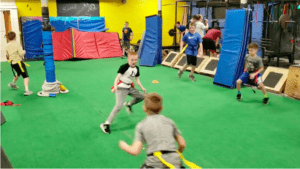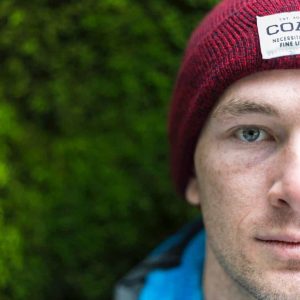 1. How would you define your personal practice?
1. How would you define your personal practice?
My current practice can be best summarized from a quote from Albert Einstein, “the supreme task…is to arrive at those universal elementary laws from which the cosmos can be built up by pure deduction. There is no logical path to these laws; only intuition, resting on sympathetic understanding of experience, can reach them…”
If I want or need to learn about something, I want to involve myself. When I started training NFL players, I did not shy away from contact with them. Letting them tackle me as I would try and tackle them. When I took on my first pro tennis player, I then would immerse myself in a tennis practice.
If I went to a formal education course, I would immediately start tinkering with the lessons on myself in addition to my athletes. This is something I later learned many people do not do. Only by having these kinds of experiences am I able to be my realize my full potential in helping athletes along their journey. It allows me to have extreme lateral thinking and connect many dots. It also happens to be really fun.
2. What turning points have you encountered on your movement journey?
I aim on putting myself on a world-class learning curve. Attempting to live on the razor’s edge of my abilities. My athletes know this and voluntarily join me on this path. Occasionally learning experiences come in the form of minor injuries that result in voluntary overhauls of movement patterns.
I have been on a journey of movement much longer than I realized it. As a child I always liked to move and be outside. In college, I was the unofficial “strength coach” for the team. Only after someone telling me I could have a career in movement did I realize it was even possible. Another major turning point was may first professional athlete. I was able to make vast improvements to this veteran’s performance which validated what I was doing. After this I immersed myself further.
3. What role has injury played in cultivating your current niche?
Injury has played an amazing teaching role in my life. First, as an uninformed athlete a broken back taught my what my body liked and didn’t like. I learned that some weight training was better than no weight training. A severe case of knee tendonitis that kept me from sleeping taught me that normal physical therapy does not work. I didn’t find a solution for this until having my own practice. So I learned how to turn off the pain switch in my head and play through it. I had no other choice.
Once starting my own practice injury has taught me how to move better and instruct better. A torn meniscus snowboarding taught me I don’t need surgery and Quality movement has kept me pain free. A partially torn labrum in my hip taught me that although pain may be absent, dysfunction is still present and may need to be addressed more thoroughly. I have learned to make peace with pain and look for lessons rather than avoid it, in myself and my athletes.
4. Do you consider yourself a teacher? Why or why not?
I consider myself a teacher of sorts, a guide. Many times I joke that I am Gandalf and my athletes are Frodo. Or I am Yoda, and they are Luke Skywalker. I cannot walk their path for them, but I can help reveal their path and guide them along the way.
Physical education is a vestigial trait of an outdated education system that has become a business. Most of the time, it is instructed by robots who do not care nor make it enjoyable for their students.
6. How do you involve your mind/ emotions into your physical routines?
I listen. Then I explore. I attempt to use my intuition as my guide and not logic. After the exploration I reflect and bring logic into the equation.
7. What are your personal aspirations regarding movement?
How do you hope to find purpose and use in the skills you have built? I aspire to make movement a lifelong practice for everyone. I teach that the body is capable of many things, good and bad. I don’t think of movement as a purpose. It is a requirement to live. Where we currently stand on the spectrum of movement is so far below our potential. Especially within sports.
8. How can people find/ contact you? Do you have a site or social media handle to share?
Contact is best through email – [email protected]. Website is www.apiros.team. Instagram – www.instagram.com/apiros.team. Twitter is less common @austineinhorn. As I begin to write more, I am also available on Medium https://medium.com/@austineinhorn. All blogs will be also published on my website – www.apiros.team/education.
Austin’s Recent Blog Posts

Cultivating Tendon Health
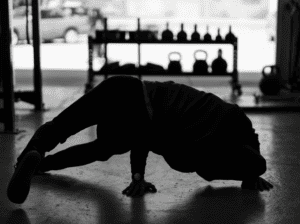
The Spectrum of Spinal Positions

Similar Same #1: Neck Extension
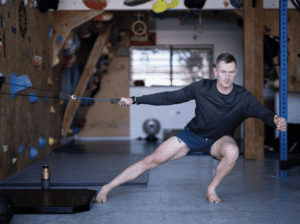
*True* Sport Specific Training
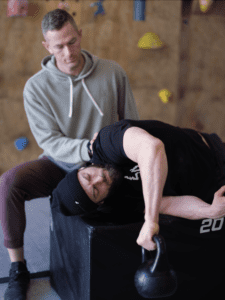
What If I Make My Athletes Worse?
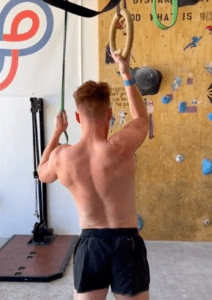
One-Arm Pulling
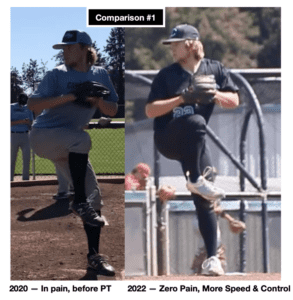
Pitching and Pain
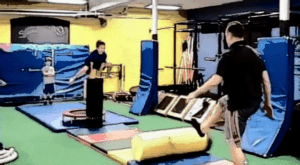
Curiosity Part 4: Unconditionality
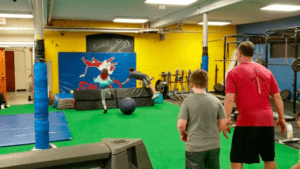
Curiosity Part 3: Kill the Cat
